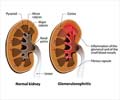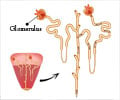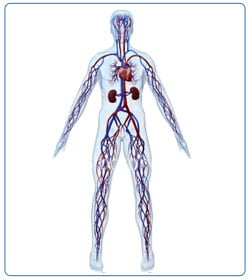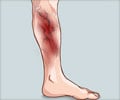Glossary
Immune system:The Immune System is the collection of Molecules, Cells and Organs whose complex interactions form an efficient system that is usually able to protect an individual from both outside invaders and its own altered internal cells.Antibiotic: An antibiotic is a substance, produced by or derived from a microorganism that destroys or inhibits the growth of other microorganisms. Antibiotics are used to treat infections caused by organisms that are sensitive to them, usually bacteria or fungi.
Cryoglobulinemia: Refers to the depositing of complexes of immunoglobulins that occur most commonly in cold temperatures. This may result in deposits in the distal portions of the hands or feet, and even in various organs which may lead to other abnormal conditions and organ damage.
Polyarteritis nodosa: A progressive disease of connective tissue that is characterized by nodules along arteries; nodules may block the artery and result in inadequate circulation to the particular area
Rheumatoid arthritis: Rheumatoid arthritis is a disease of the connective tissues that usually appears in the form of painful swelling in the joints of the hands and feet. Rheumatoid arthritis (RA) often worsens over time, causing joint deformities and disability.
Gangrene: A death of body tissue that usually occurs when there has been an interruption of blood supply, followed by bacterial invasion.
C - Reactive Protein [CRP]: An elevated level of this protein in the blood indicates inflammation. CRP levels also have been found to predict peripheral arterial disease and heart attack.
Ultrasound: A diagnostic imaging technique which uses high-frequency sound waves and a computer to create images of blood vessels, tissues, and organs. Ultrasounds are used to view internal organs as they function, and to assess blood flow through various vessels.
Computerized tomography [CT]: This technique uses X-rays to generate computerized images (pictures) of all parts of the body. The technique can create pictures in 2D and 3D.
Magnetic resonance imaging, [MRI]: This diagnostic procedure uses a combination of large magnets, radiofrequencies, and a computer to produce detailed images of organs and structures within the body.
Angiogram: This technique is also called cardiac catheterization, or dye test. This is a special test done under x-ray guidance to check for blockages in the blood vessels of the heart and to check the function of the heart valves and muscle.














